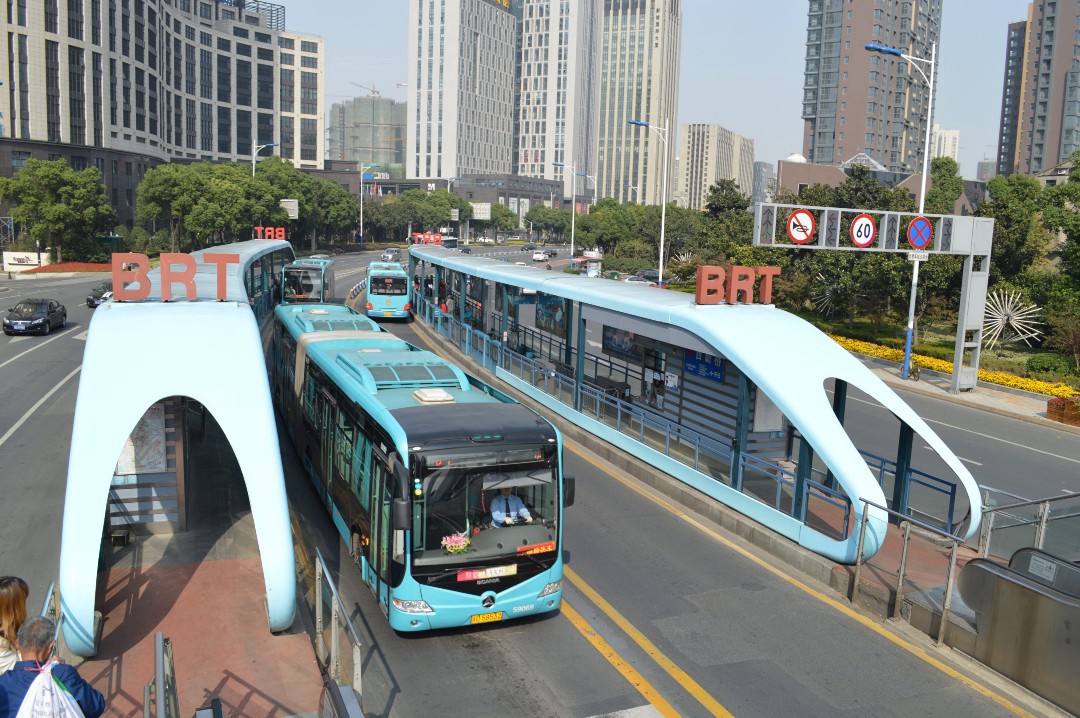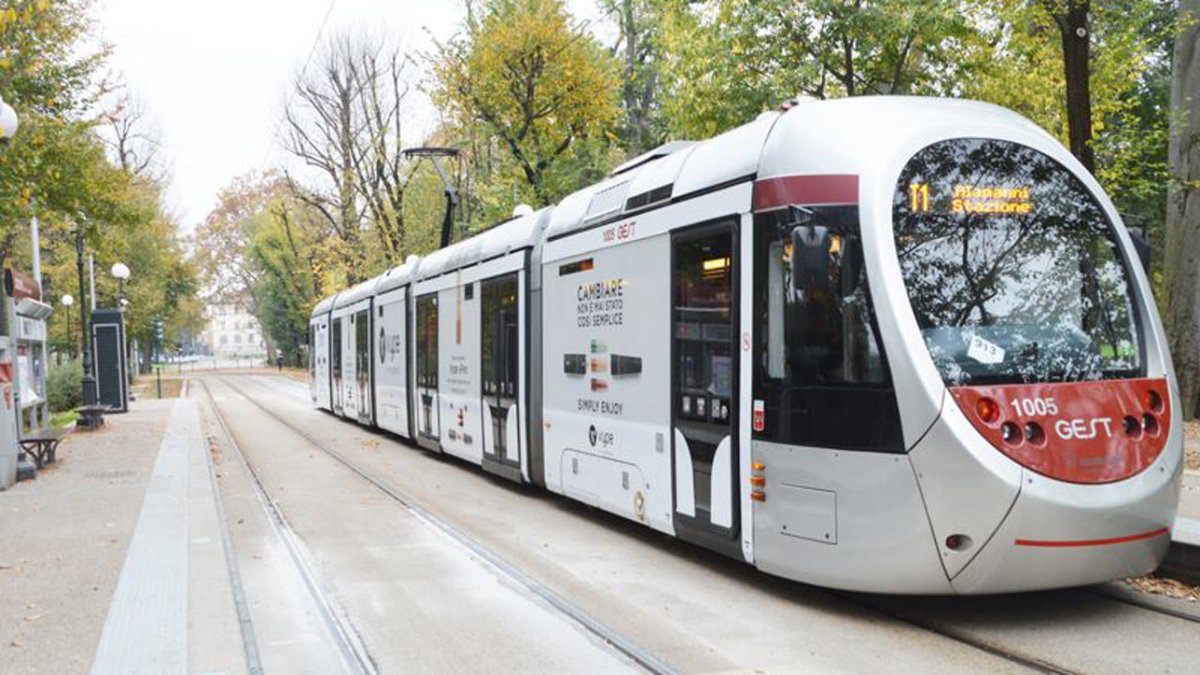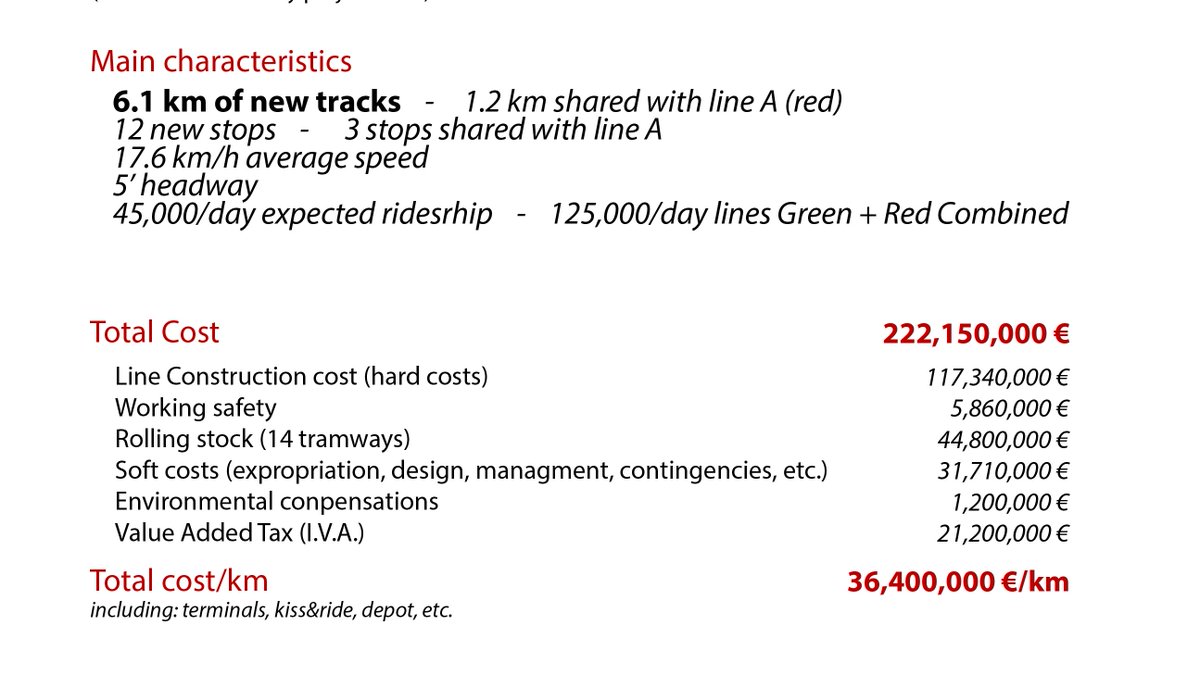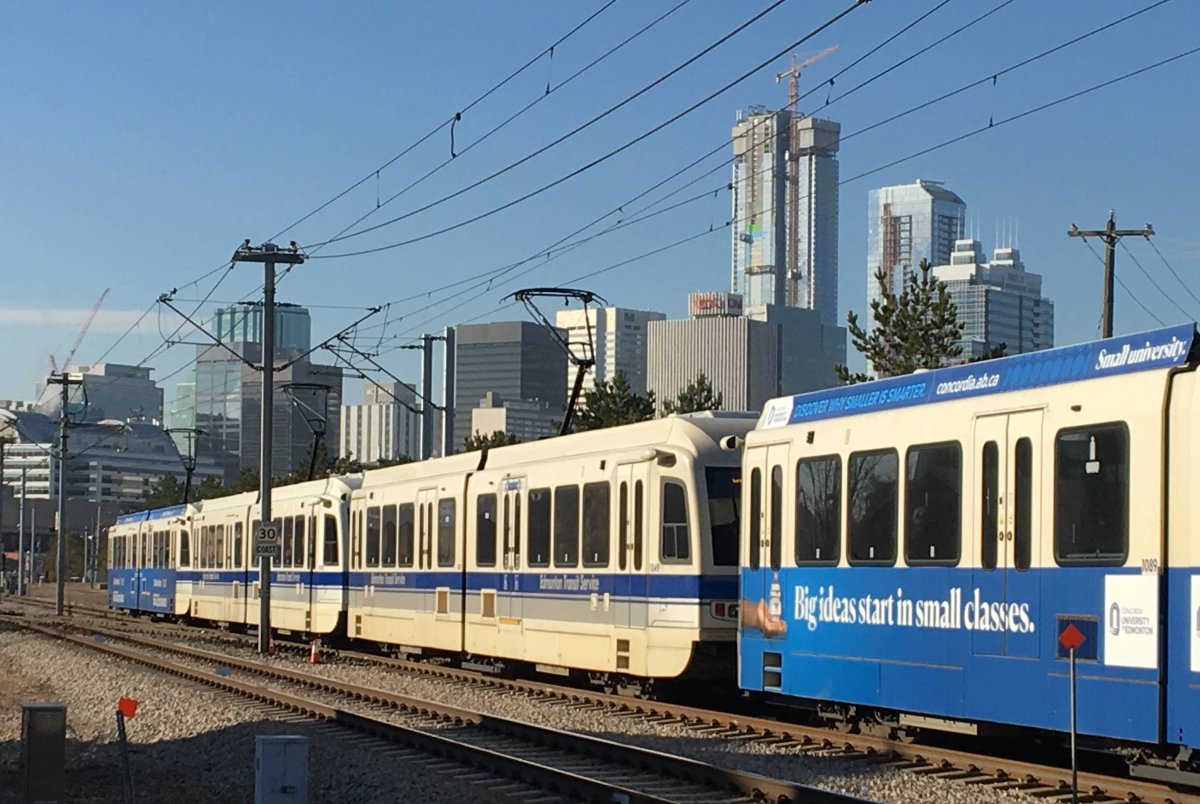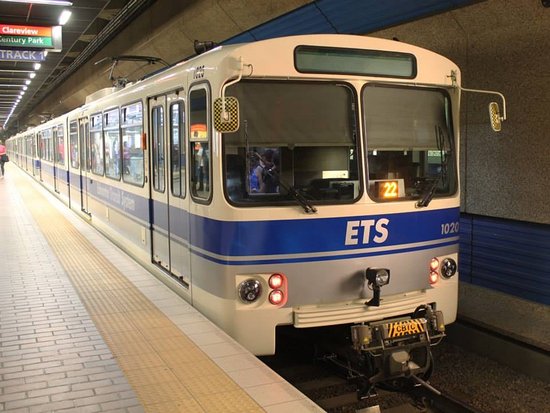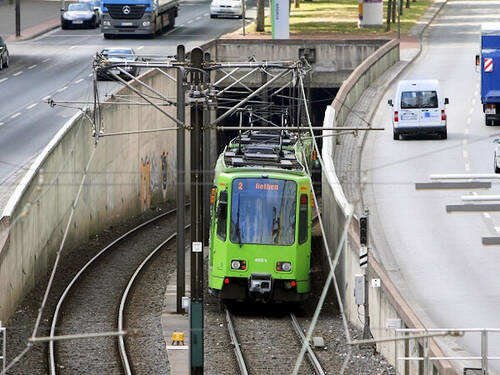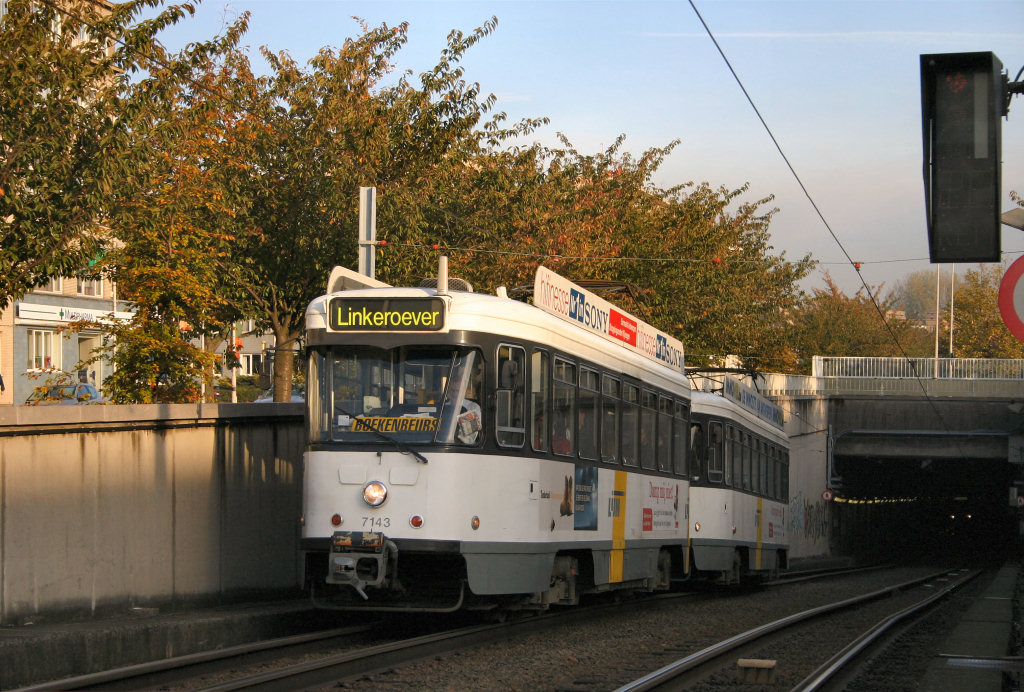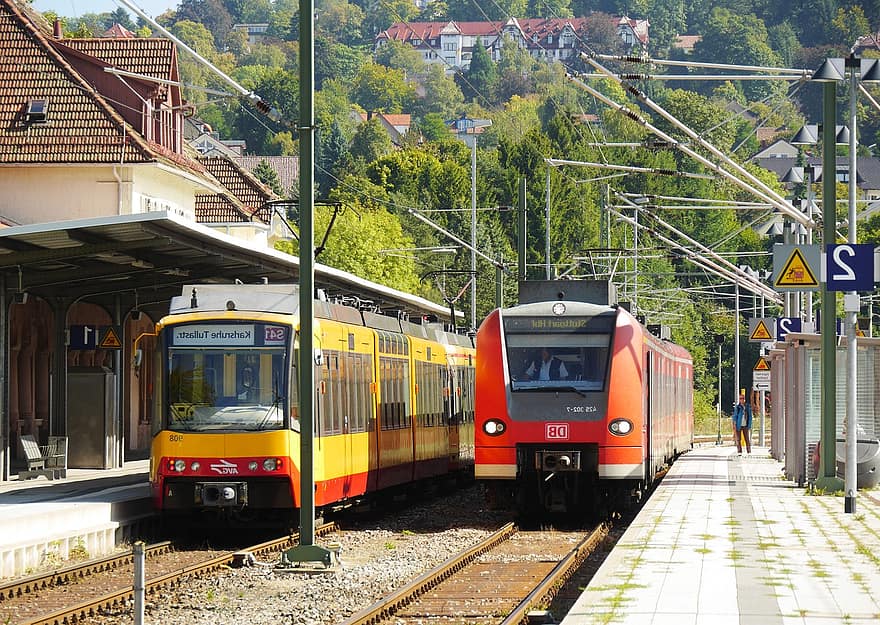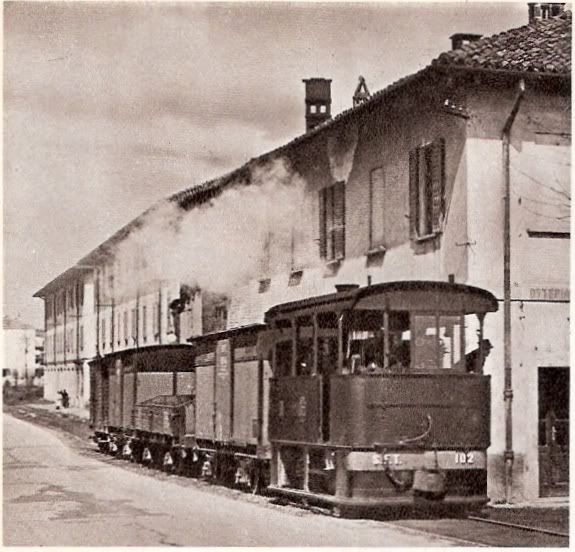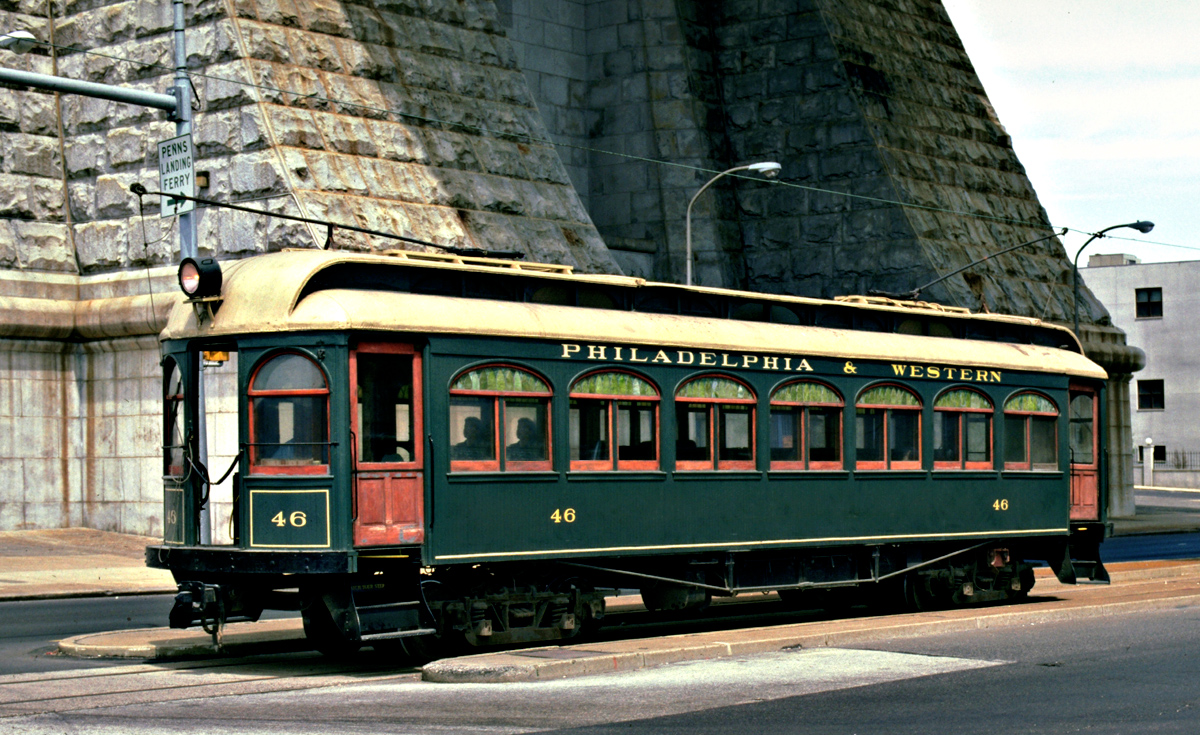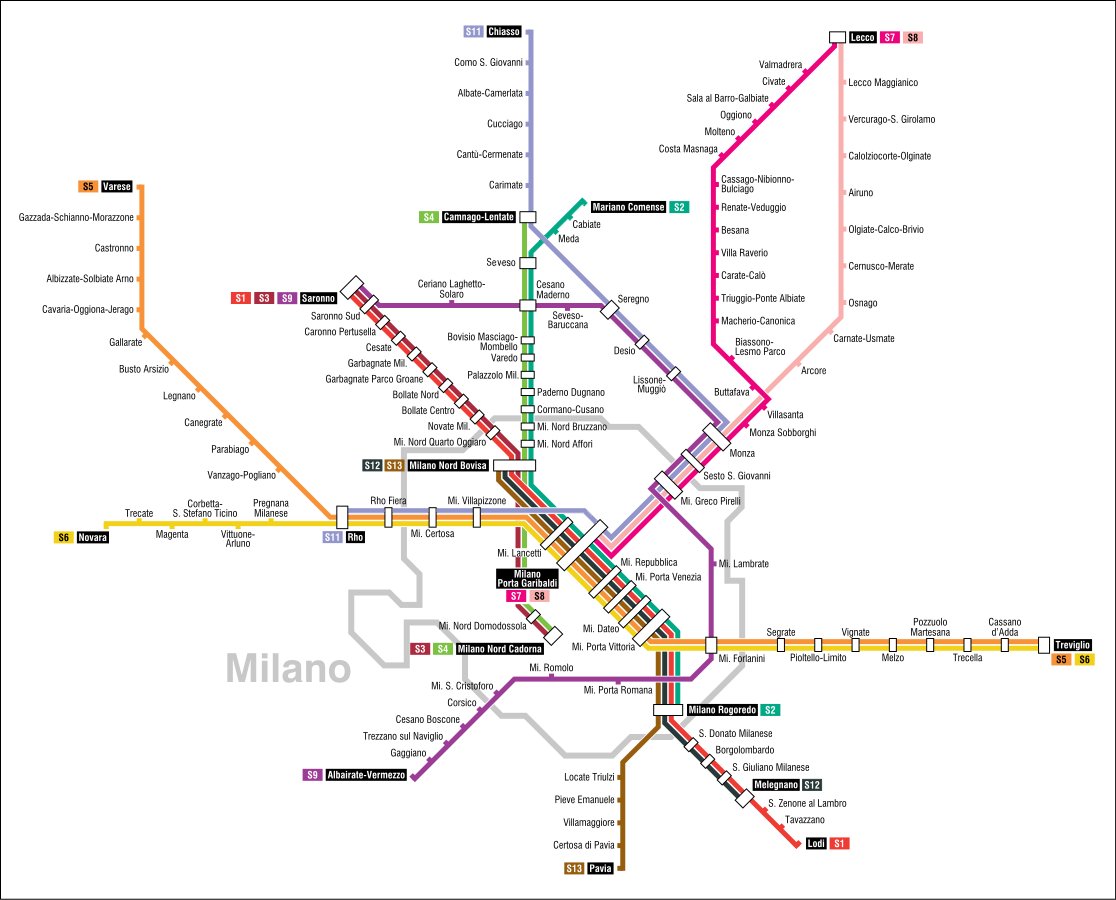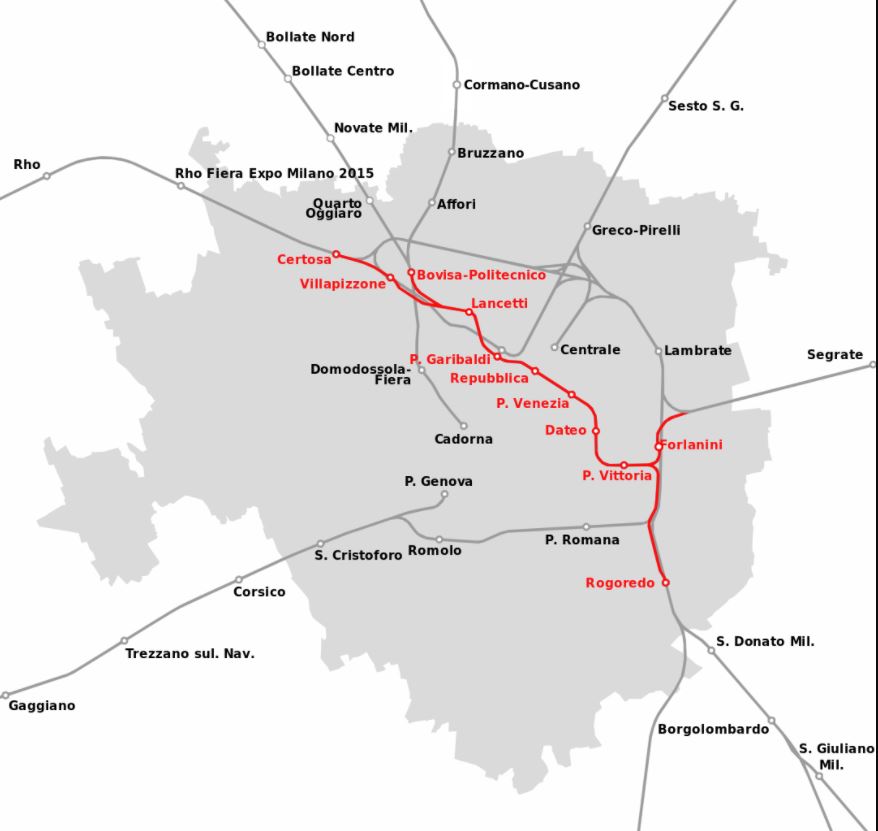
Today, it's HSR construction costs day.
The 140km Napoli-Bari AV/AC under construction will costs 5.787 bn€, that is 41m€/km
It's not a full passenger-dedicated HSR, but a mixed traffic line designed for 200km/h max speed, 25t axle load and P/C80 and 750m-long freight trains
The 140km Napoli-Bari AV/AC under construction will costs 5.787 bn€, that is 41m€/km
It's not a full passenger-dedicated HSR, but a mixed traffic line designed for 200km/h max speed, 25t axle load and P/C80 and 750m-long freight trains

The interesting thing is that there is a costs subdivision by sections so it's possible to see the variation depending on the area:
The cheapest section is the Cervaro-Bovino 23km section on flat land that is quoted at 263m€, that is 11m€/km
The cheapest section is the Cervaro-Bovino 23km section on flat land that is quoted at 263m€, that is 11m€/km

The second most expensive one is the 47km Apice-Hirpinia-Orsara, that is 80% in tunnel under the Dauni mountains. It is quoted at 2.242m€, that is 51m€/km 

Surprisingly (or maybe not) the most expensive part is the approach to Afragola in the Naples metropolitan area. The line, that is 15.5 km only, is mostly on embankments and viaducts, with several interconnections with existing lines. It will cost 813m€, that is 54m€/km
The other sections, mostly in mountainous areas, are between 41 and 46m€/km
For more detail, there is a detailed article in Italian here:
mobilita.org/2021/02/09/iti…
mobilita.org/2021/02/09/iti…
Just before I'm asked about earthquake proofing in California vs here, the line crosses completely the Irpinia, where that happened in 1980:
en.wikipedia.org/wiki/1980_Irpi…
en.wikipedia.org/wiki/1980_Irpi…
• • •
Missing some Tweet in this thread? You can try to
force a refresh

